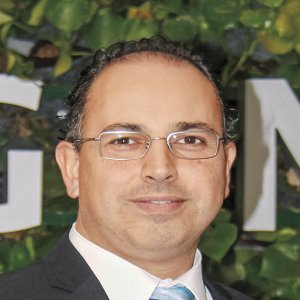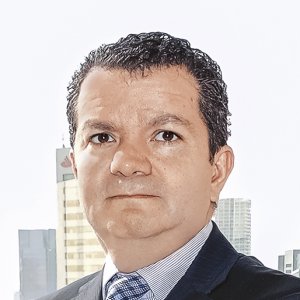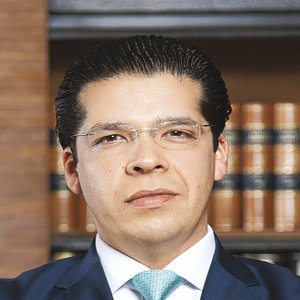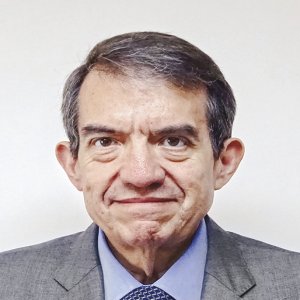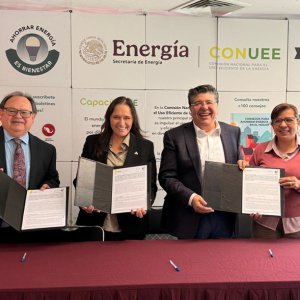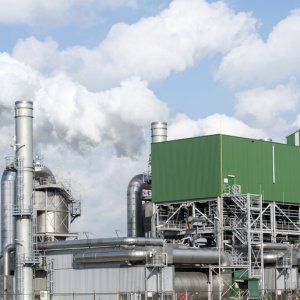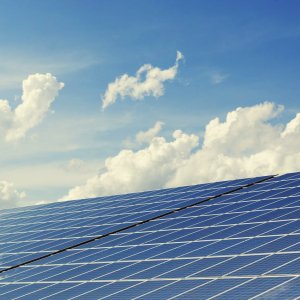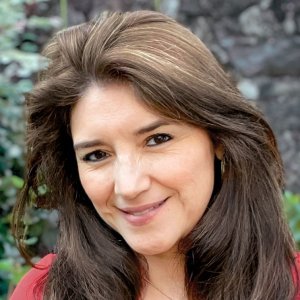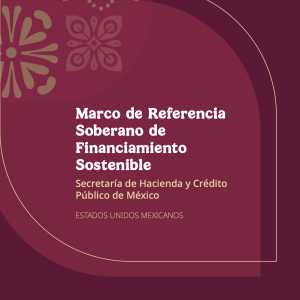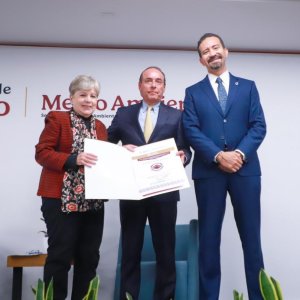Strong Baseload Contribution with Cogeneration and Geothermal

STORY INLINE POST
Q: How has IGSA’s relationship with CFE changed since the implementation of the Energy Reform?
A: IGSA has been a CFE energy supplier for over 45 years and our relationship has always been excellent. The reform has introduced some complications but that is because it is not easy to transition from dealing with a monolithic entity to dealing with a conglomerate having nine subsidiaries, one business unit and four affiliates.
Q: What progress has the company made in realizing its geothermal energy ambitions?
A: We are convinced that geothermal energy is highly profitable because it does not suffer the intermittency issues that plague other renewable energy resources. We were looking into a geothermal project in conjunction with CFE’s Geothermal Electric Projects Management. Despite the agency’s extensive technical expertise, it is still coming to grips with the new rules and regulations implemented as a result of the reform, one of which being CFE’s separation into several different companies. The studies and research of the country’s geothermal wells are there but CFE is still figuring out its modus operandi for closing partnerships with the private sector. We expect that this process will be fully assimilated by 2018.
Q: IGSA has worked with energy-trading platforms prior to the reform. How do they function?
A: When we launched our energy-trading models, we designed our projects based on an anchor client. This anchor client is required to accept particular volumes of steam, freezing or hot water and a specific amount of MW capacity. Food and paper industry-related companies, among others, require these inputs. These companies usually rely on furnaces to meet their needs. Through cogeneration processes, we harness the steam from these furnaces and mitigate the expense of burning the gas they use. This process always produces a surplus of electric power. We sell this surplus to private third parties and to CFE through the virtual energy bank mechanism governed by the Efficient Cogeneration framework.
Q: Having this energy trading system, how will you capitalize on CELs trading?
A: We believe this new instrument to be a great business opportunity for IGSA. The rules of the game have yet to be clarified enough for CELs to be integrated into our business lines. The reform created the CELs obligation, beginning in 2018, and in so doing created Mexico’s energy trading market. As it stands, several variables have yet to be clearly outlined. Which private players make up the CELs market? Where do I buy them from? How is the CELs spot market designed? How much do they cost? Once these questions are answered, the CELs market — offer and demand — will reach an equilibrium that will make it attractive enough for us to participate in.
Q: What progress have you made toward biomass and waste management?
A: We are focused on our three ongoing cogeneration projects. Two of those became operational in the first quarter of 2017. They represent an investment of US$150 million and a capacity of 40-45MW. In addition, we have four more cogeneration projects in the pipeline. Once we are finished with those, we will look into biomass and wastemanagement technologies because we see good business opportunities in both niches.
Q: What is IGSA’s long-term vision for Mexico’s renewableenergy sector?
A: According to the Mexican Center of Innovation in Geothermal Energy (CEMIEGEO), Mexico is ranked fourth worldwide in geothermal installed capacity, amounting to 932MW. The country’s proven and probable geothermal reserves amount to an additional 430MW in capacity, according to the center’s estimates. Mexico’s renewableenergy market should not be surprised if IGSA becomes increasingly present in the geothermal niche in the midterm, or around three years from now.
